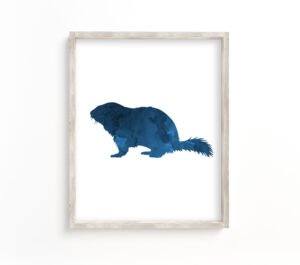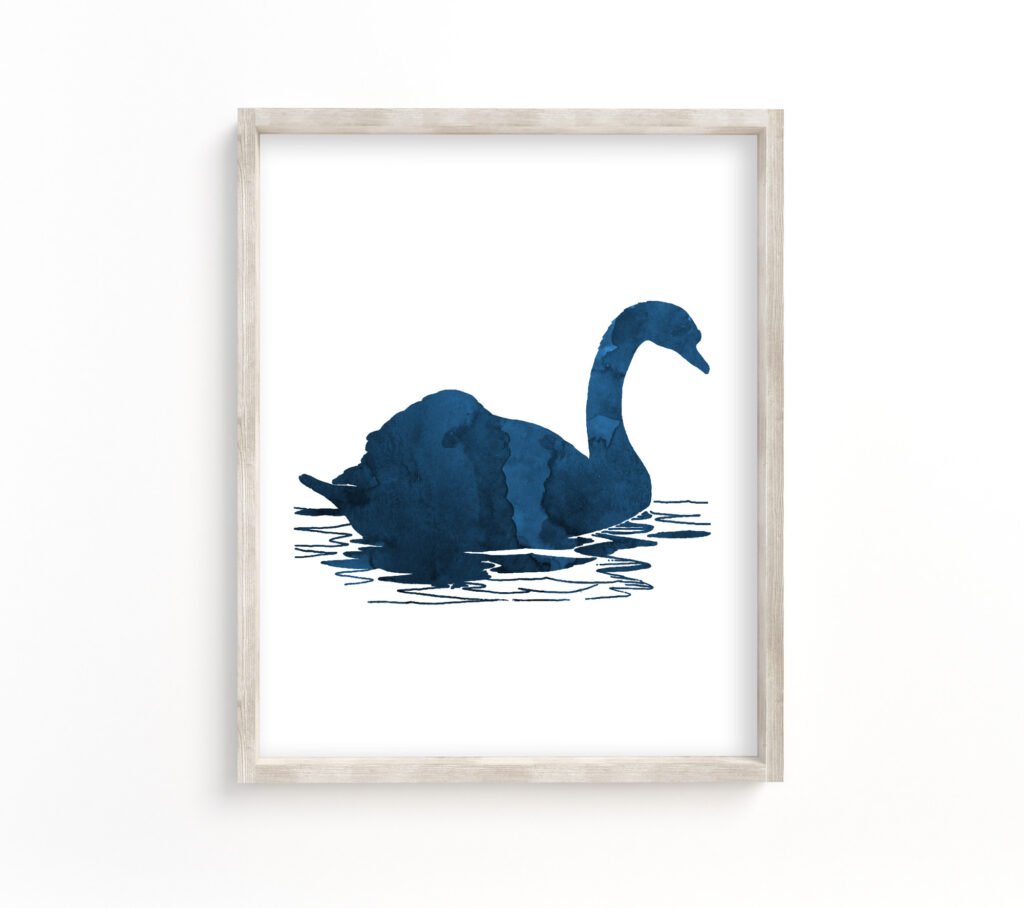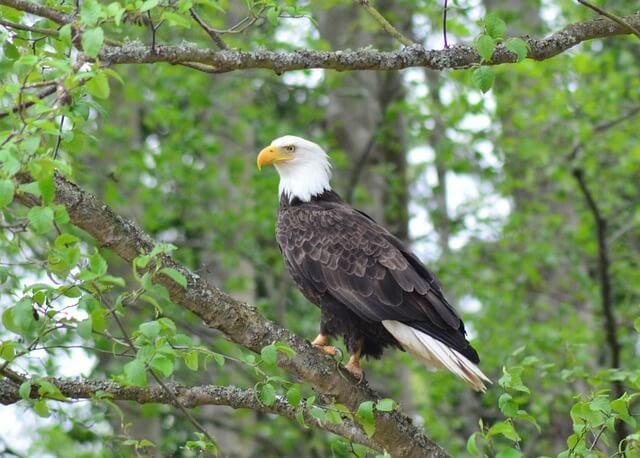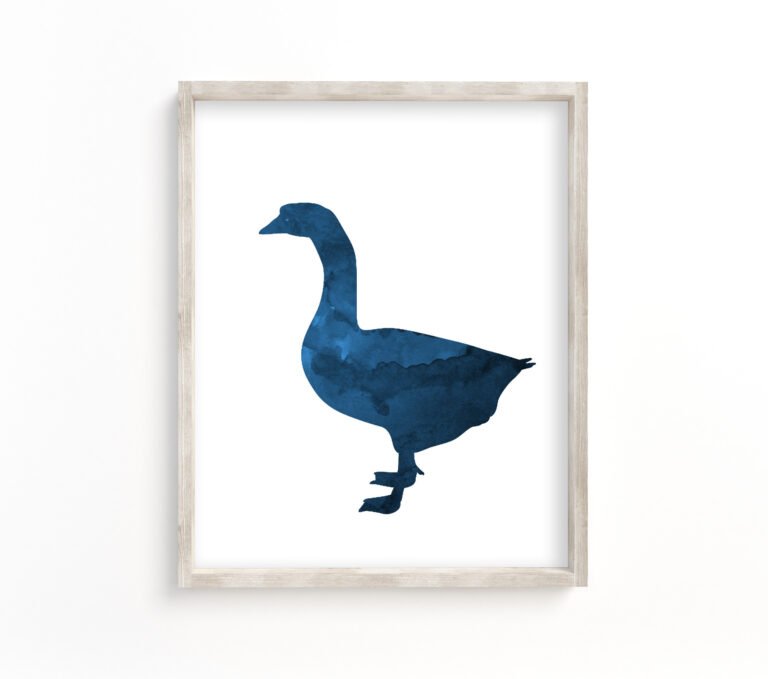23 Animals That Mate For Life
We don’t know the secret to a happy marriage – but these 23 animals do!
They’re not just cute; they’re smart too! Check out these monogamous animals that mate for life. We all want to be loved and cared for by someone who is committed to us. But what does it take to maintain a healthy relationship? Monogamous animals are perfect examples of this type of commitment because they only have one partner throughout their lives.
Read on and discover the beautiful love life of the animal world
Otters
If you’re looking for a partner who will be loyal to you, then look no further than the otter.
Otters are known to mate for life and stay monogamous with one partner throughout their lives.
They have been observed mating in groups of two or three. These instances are rare and usually only happen when an otter tries to establish dominance over another male.
The next time you’re out on a date night with your significant other, don’t forget about this interesting fact!
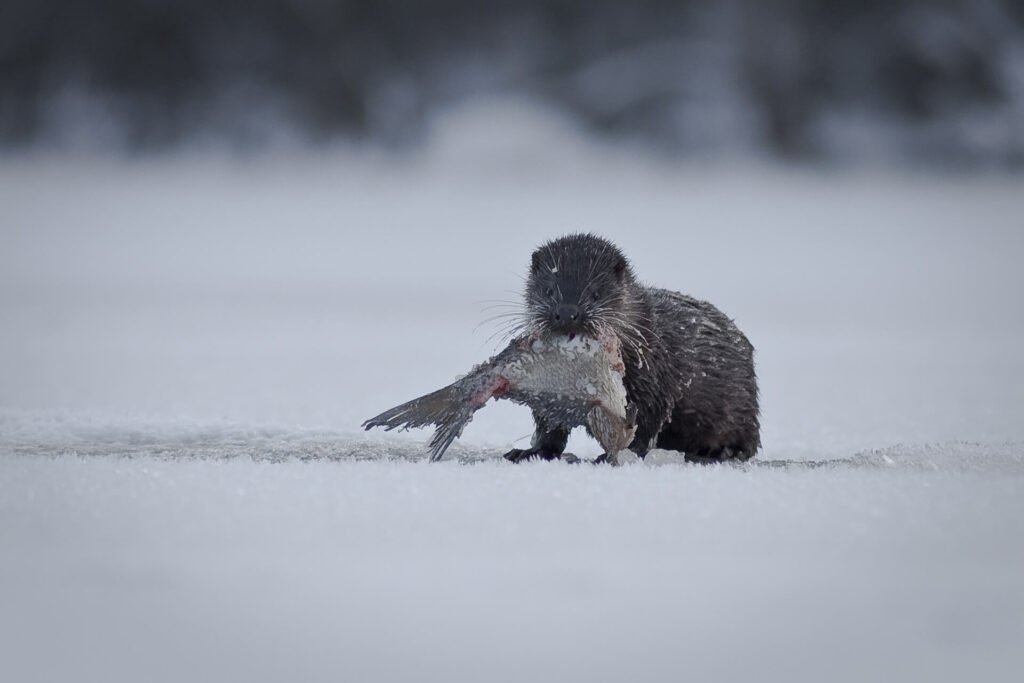
Wolves
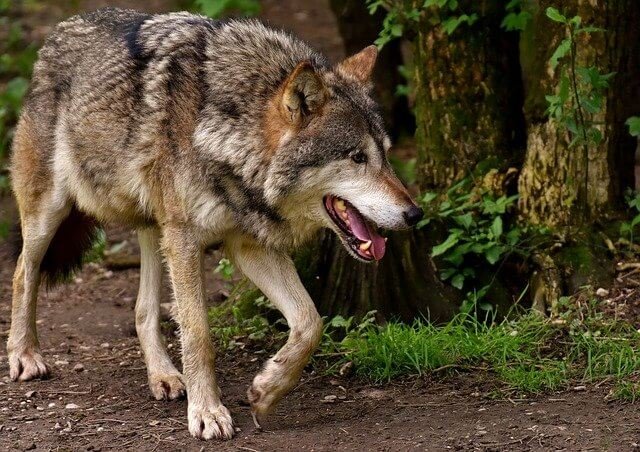
The Wolf is a large, intelligent animal that often lives in packs.
You knew that before.
But did you know that Wolves are monogamous?
Yes, they mate for life.
They’re also very family-oriented and will take care of their young together.
It’s a tough job, but somebody has to do it.
Beavers
The Beaver family life sounds like a pretty good deal!
Beavers mate for life, and they only have one partner. They’re also very protective of their partners, which is why they can become aggressive if another animal approaches them. They live in family groups, and the dad is always around to help with the kids.
While the mom is pregnant, she can still build her house and gather food while expecting.
Beaver parents raise their offspring together and the young, when they’re old enough, help repair dams and lodges and even help their parents raise new offspring.
Seahorses
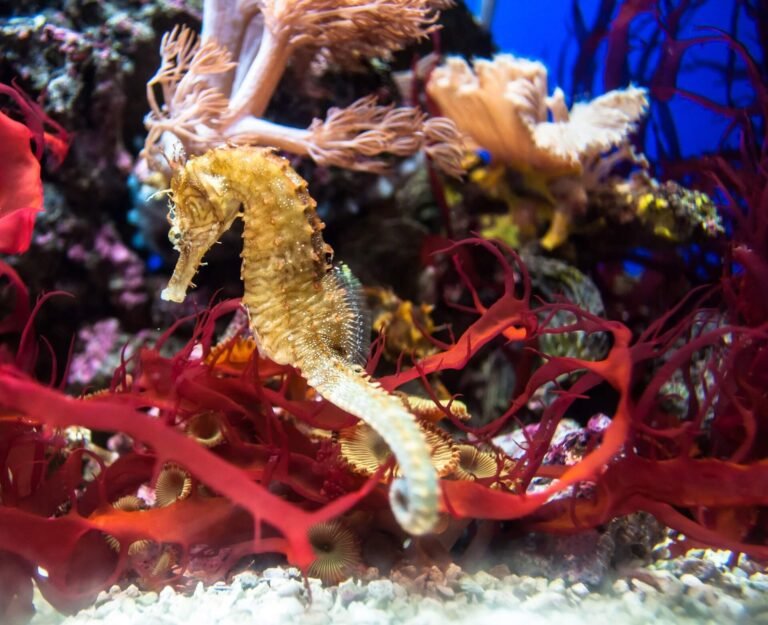
Seahorses are cute, but actually not real horses. They’re fish! Well, you probably knew that before. But did you know that they mate for life? Monogamy is a rare thing in the fish world, which won’t stop a seahorse from finding the love of its life and build a home together and start a big family. A big, big family. The female seahorse will deposit 1,500 eggs in the male’s pouch, which will carry their eggs until their offspring emerge fully developed. This might take between 9 and 45 days.
Want a big family? Then it’s time to get yourself a seahorse partner today!
Swans
Swans are probably the most famous animals who mate for life. They often fall in love long before they reach sexual maturity. The male swan will help to build a nest and incubating the eggs. If you have ever come close to a swan nest, then you know how protective these animals are. But who can blame them? They have a family to defend!
Gibbons
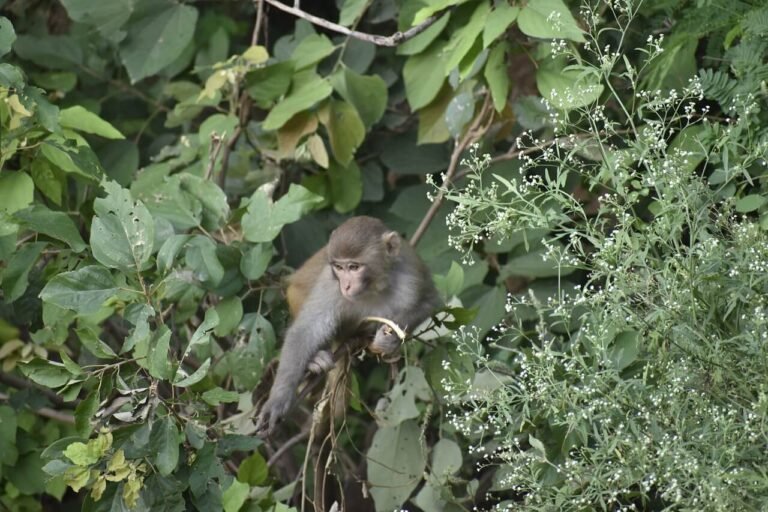
Gibbons live monogamously. A couple and their offspring live in a territory that they defend against intruders. Occasionally you will also find solitary animals, primarily young adults, who have had to leave their families. In search of a partner of their own, young gibbons leave an active family life to venture into the dangerous world on the chance that they may find a suitable mate somewhere out there. This can take anywhere from several months to years with no guarantee of success, but some animals never manage this feat – while others can start new families at last after many years away from home.
Bald eagles
Bald eagles are the national bird of the United States. They’re also one of America’s most recognizable symbols, and they represent freedom and liberty. But is that enough? Nah! Bald eagles are also one of the few monogamous animals and keep coming back to their mate year after year.
Lovebirds And Scarlet Macaws

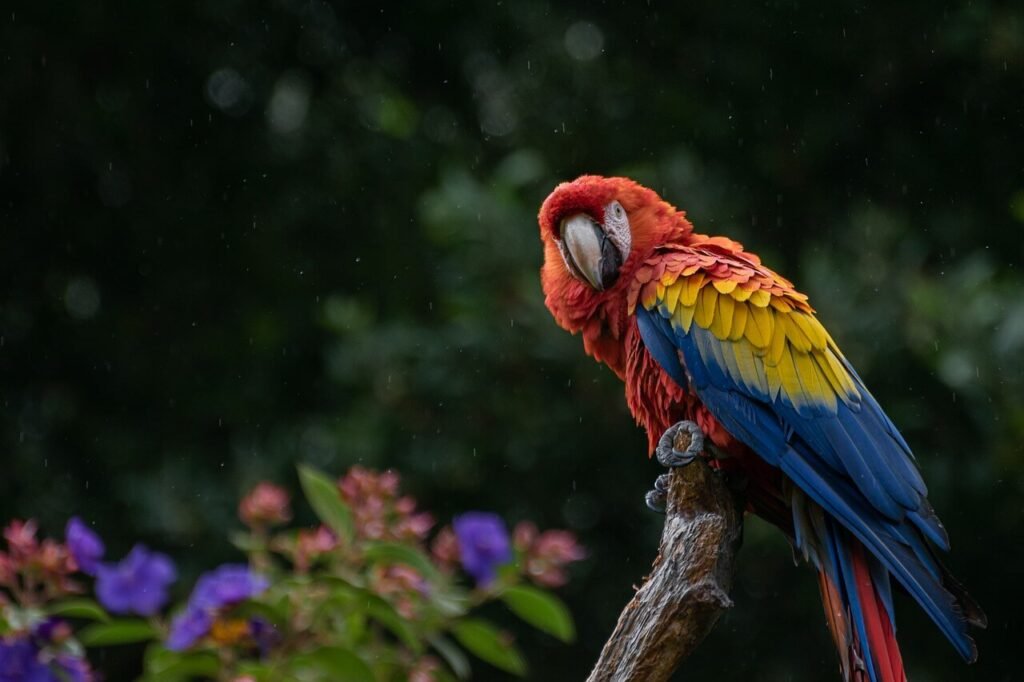
Love birds are parrot species that mate for life. They are monogamous and will only have one partner. If they find a partner, they will stay together until death does them part. The average lifespan of a lovebird is 20 to 30 years. So let’s hope they found a good partner!
Scarlet Macaws, another parrot species, live in monogamy as well.
Oldfield Mouse
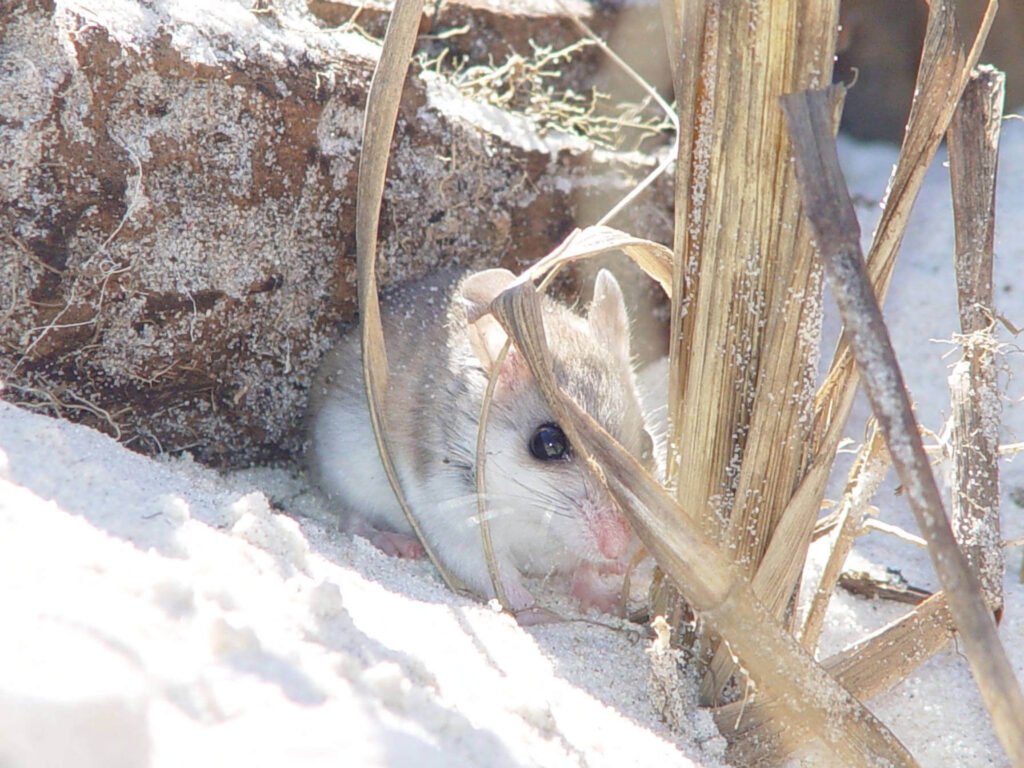
The Oldfield mouse, also known as beach mouse, is a small nocturnal rodent and lives in the southeastern United States on sandy beaches, corn and cotton fields, and in hedgerows and eats wild seeds, grasses, forbs, blackberries, and occasionally insects. It’s as cute as a button and lives in monogamy as well.
Puffins
Puffins are quite discreet if it comes to their love life. We know that they spent the winter days alone on the ocean but return to their partner from last year. The couple will clear and improve their nest together. The female lays only one egg, and both parents will share their incubation responsibilities.
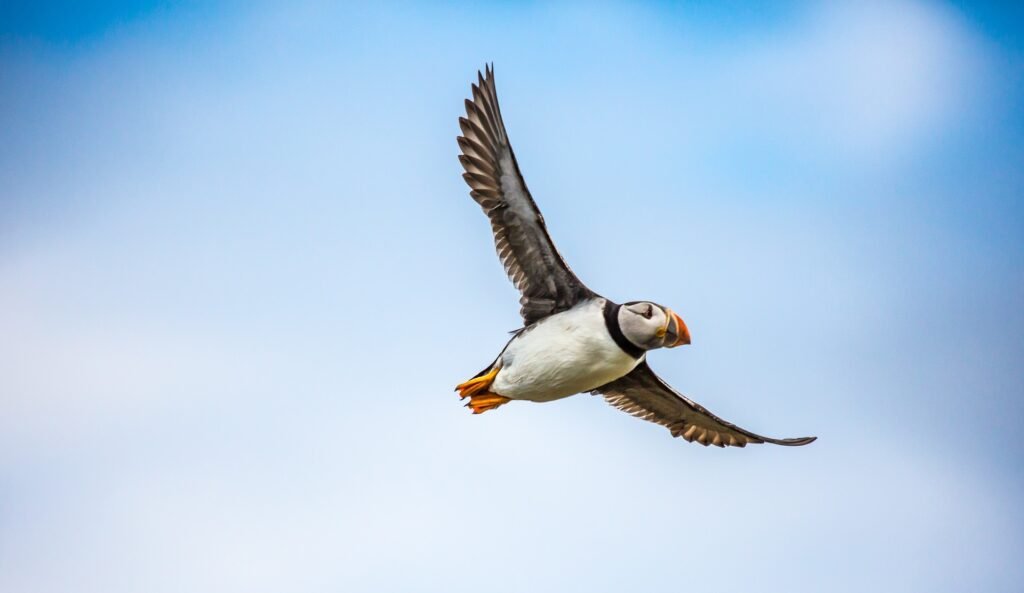
Coyotes
Coyotes are monogamous. They won’t mate with a different partner for the rest of their life. Coyotes are also very social. Females without pups often help raise their sisters’ offspring until trying again to find a partner in the next season. Once they have found a new partner, the couple will try to find a good home to raise their pups – which might be an abandoned badger, marmot, or skunk burrow. The father will hunt for rodents like squirrels and mice, while the mother stays at home with her pups.
Here’s another fact abotu coyotes: They’re much faster than a roadrunner!
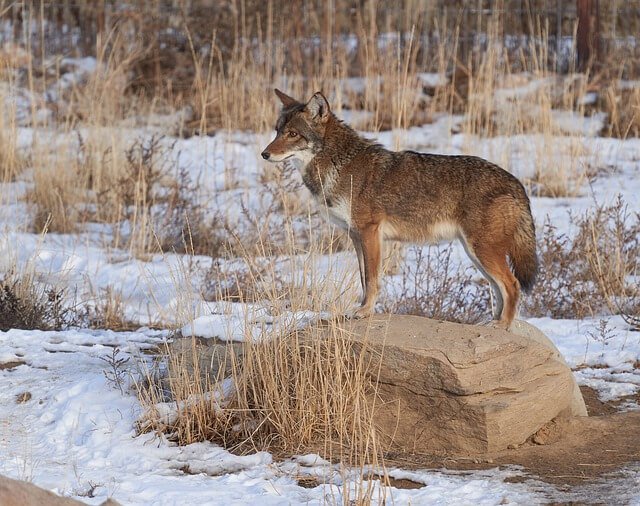
Jackals

Jackals are just like Coyotes and, more or less the whole canine family, very social animals. They stay forever with their immense love and will raise many adorable children – up to 9 pups in a litter. Older offspring will help to raise their young siblings. They also help their father to hunt for food while the mother stays at home with her pups.
Dik-diks
A Dik dik is a small antelope living in the bushlands of eastern and southern Africa. They live in monogamy and spend most of their life together. Males cover the dung of females with their own – a sign of love in the dik-dik world. Isn’t that romantic?

Albatrosses

The Albatross lives monogamous as well. This adorable bird meets again with its previous partner every breeding season – unless one of them died or didn’t return to their nest. The Albatross male reaches the breeding site a few days before the female and will defend it against the competition.
Barn Owls
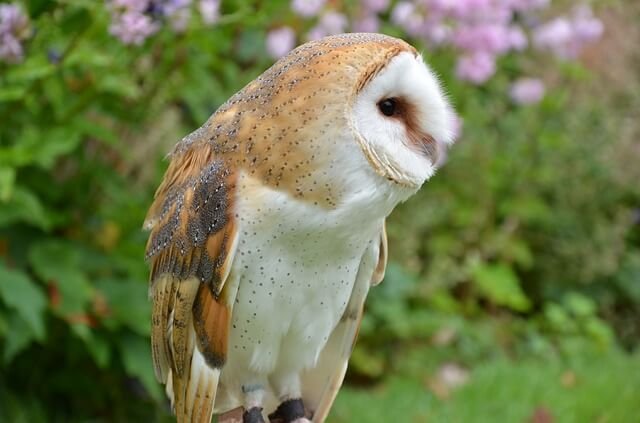
Barn owls stay together until one of them dies. They also raise their offspring together and share food and rooster during the winter season. It’s the father’s job to get some food on the table while the mother stays at home with the kids. A barn owl family consumes about 3000 mice within one breeding season, making them a natural pest control.
Geese
Prairie Voles
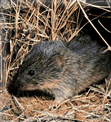
The prairie vole discovered the potential benefits of a monogamous lifestyle as well. Their relationship lasts for their whole life. Male voles won’t try to get a new partner if the female dies.
Titi Monkeys
The titi monkey, who lives in small groups in South America’s forests, prefers to live in a longtime relationship rather than going on boring dates and having affairs. They live monogamously and spend their lives together, jumping from tree to tree, eating fruits, leaves, insects, bird eggs, and small vertebrates. Titi fathers happily take their time to groom and play with their offspring.
Pigeons
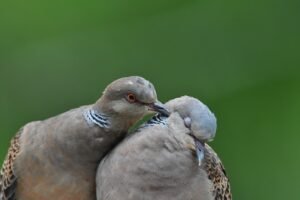
Pigeons live monogamously and breed any time of the year, but preferably in spring and summer, in nests made of sticks and straw, along with coastal cliff faces. Both parents take care of their offspring. They feed their young on crop milk, a secrete produced in the crops of both parents.
Foxes
Most, but not all, foxes live monogamously. They mate in spring and get between 4 to 6 pups, sometimes even more. Their mother will stay with them for the first weeks to keep them warm, while the father goes hunting mice and other small rodents and birds to feed his family.
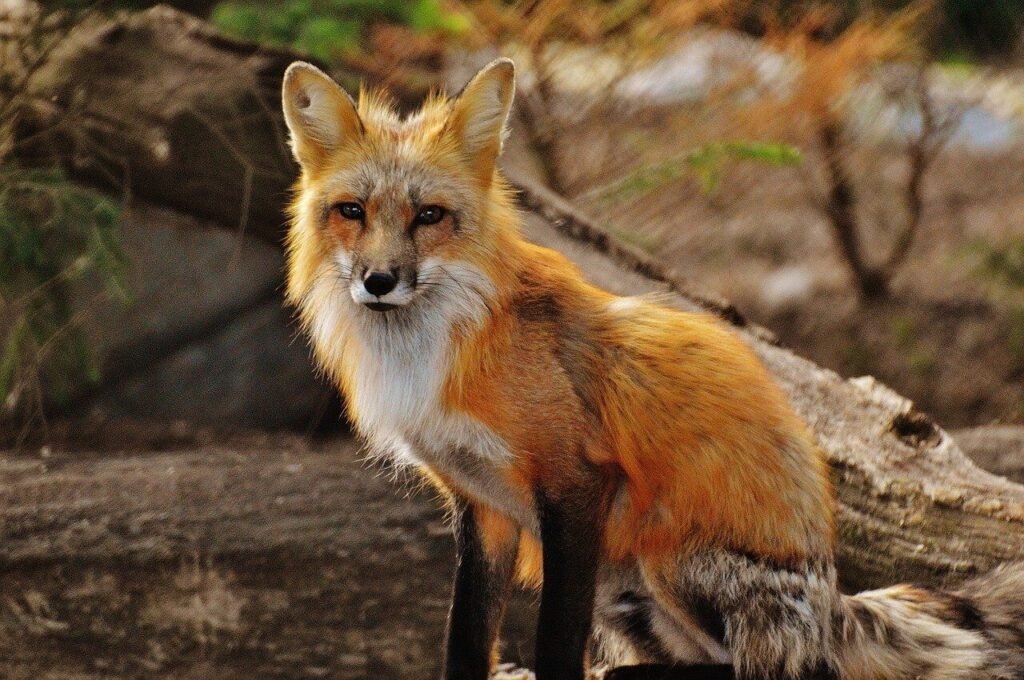
French Angelfish
French angelfishes are, besides seahorses, one of those few sea animals who live in monogamy. They are very territorial and defend their territory from intruders. Their young are known to act clean other fishes because parasites are part of their diet.

Tiliqua rugosa - The Shingleback Lizard
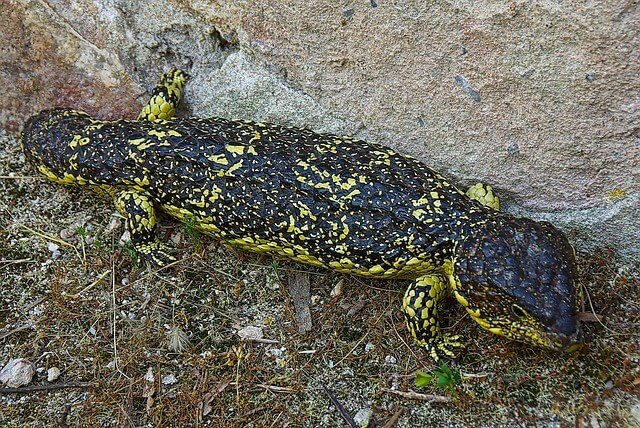
Also known as shingleback, pinecone lizard, or sleepy lizard is a lizard species native to Australia. It’s one of the very few lizard species that breed with the same partner every year.
They’re known to be lazy and easy to please animals and omnivores who eat insects, carrion, vegetation, and flowers, which probably makes them a great partner be married with!
